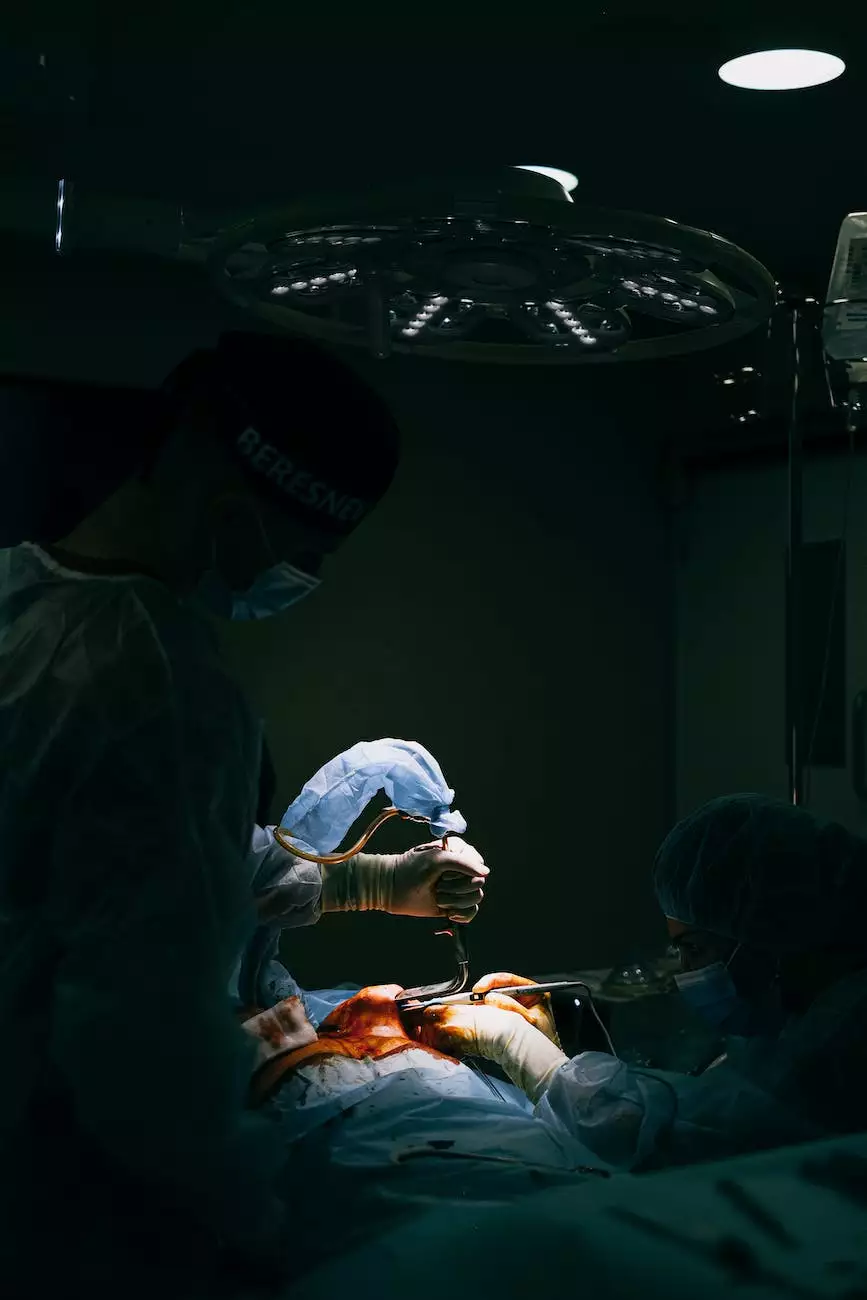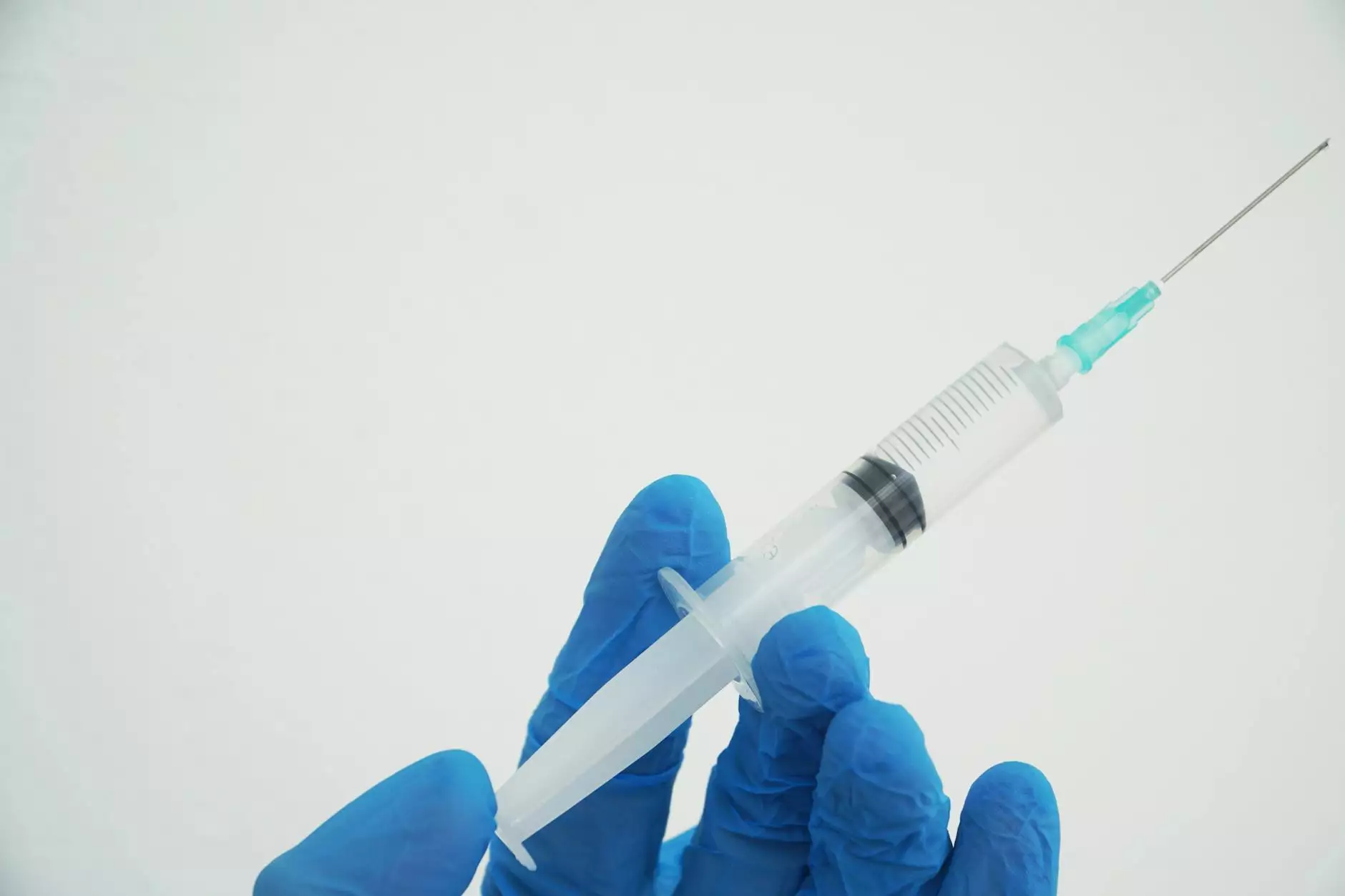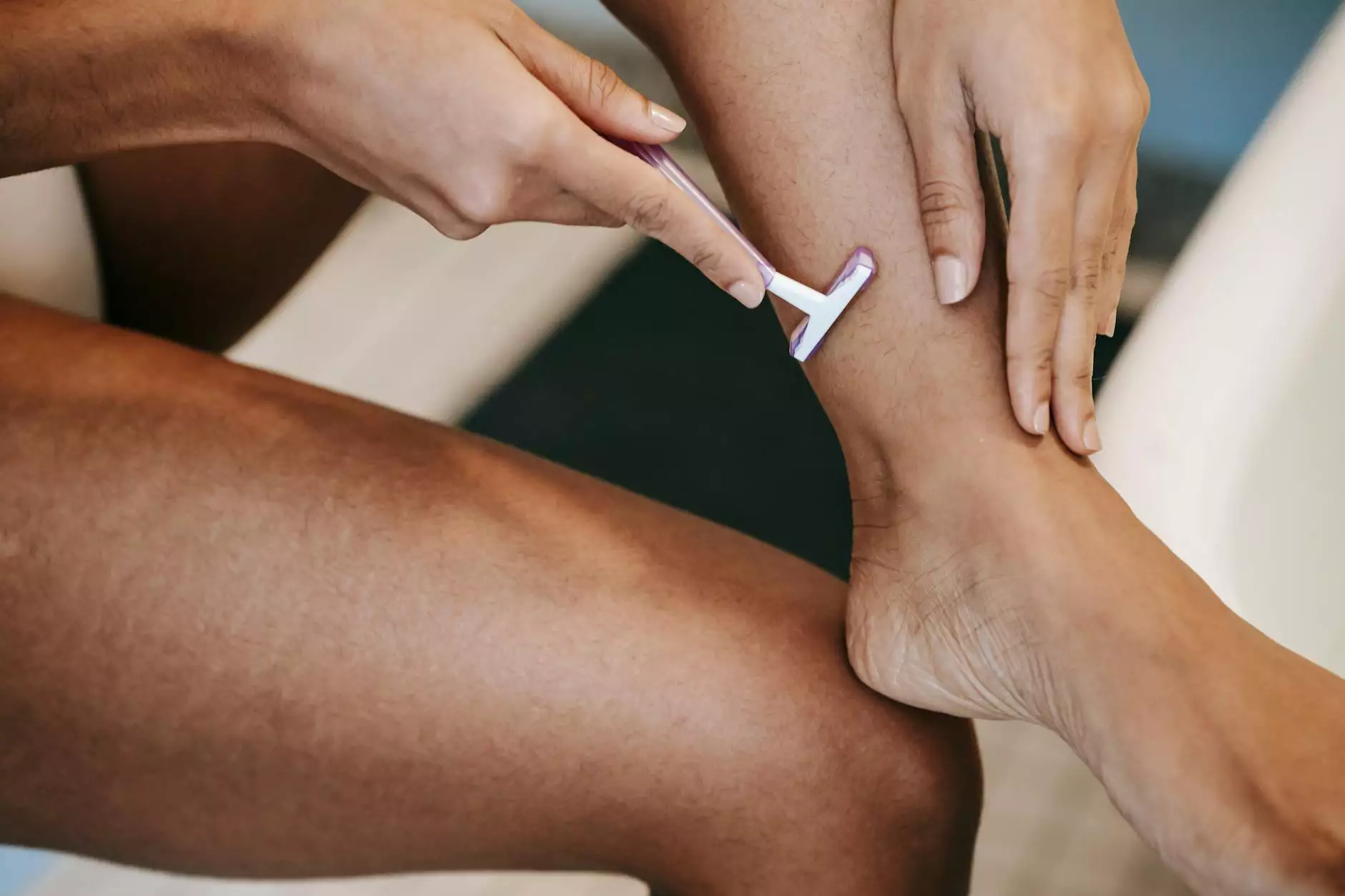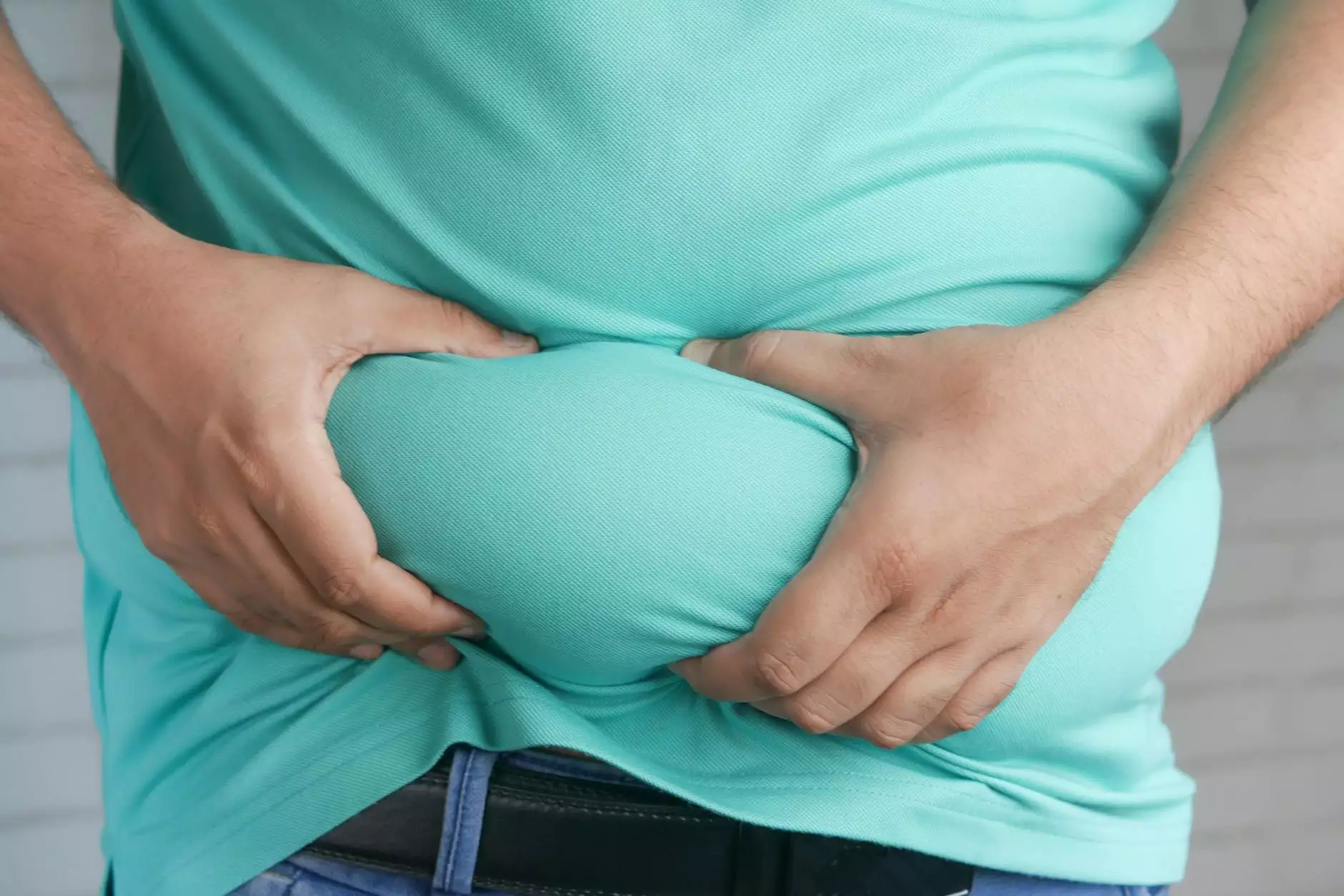What's Drop & Fluff? 3 Breast Augmentation Terms Explained

Introduction to Breast Augmentation
Welcome to Foley James D MD, where we provide expert breast augmentation services in the health industry. In this article, we will delve into the topic of "Drop & Fluff" and explain three important terms related to breast augmentation. Our goal is to provide you with comprehensive information that will help you make informed decisions regarding your breast enhancement journey.
1. Drop & Fluff
Drop & Fluff is a commonly used term in the breast augmentation community. It refers to the natural process that occurs after the surgery, where the implants "drop" into position and the surrounding breast tissues "fluff" out, giving the breasts a more natural appearance.
During the initial stages after breast augmentation, the breasts might appear high and tight. However, as the healing process progresses, the implants will settle into their intended position, resulting in a more balanced and aesthetically pleasing shape.
It's important to note that the Drop & Fluff process is unique to each individual. Factors such as implant size, placement, and the patient's natural breast tissue will influence how long it takes for the full results to be visible. Your surgeon will provide you with specific guidelines on post-operative care and what to expect during the Drop & Fluff period.
2. Implant Profile
The implant profile is another crucial term to understand when considering breast augmentation. It refers to the relationship between the implant's base width and its projection or how far it extends from the chest wall when viewed from the side.
There are generally three types of implant profiles: low, moderate, and high. The chosen profile will impact the overall shape and projection of the breasts. It's essential to discuss your aesthetic goals with your surgeon to determine the most suitable implant profile for your body and desired outcome.
The low-profile implants have a wider base and less projection, making them ideal for those looking for a more subtle augmentation. Moderate-profile implants provide a balance between a natural look and increased fullness, while high-profile implants have a narrower base and more projection, resulting in a more pronounced cleavage and rounded appearance.
3. Capsular Contracture
Capsular contracture is a potential complication that can occur after breast augmentation surgery. It happens when the scar tissue surrounding the implant becomes excessively tight, causing the breasts to feel firm or overly hard.
While some degree of scar tissue formation is normal and expected, severe capsular contracture can lead to discomfort, a distorted breast shape, or even implant displacement.
Your surgeon will take necessary precautions during the procedure to minimize the risk of capsular contracture, such as proper implant placement and techniques to reduce bacteria exposure. It's important to follow your surgeon's post-operative care instructions diligently to help prevent complications and promote optimal healing.
Conclusion
Understanding these three important terms – Drop & Fluff, Implant Profile, and Capsular Contracture – can significantly aid you in your breast augmentation journey. At Foley James D MD, we prioritize providing our patients with comprehensive information to ensure they are well-informed and confident in their decision-making process.
If you're considering breast augmentation, consult our expert team to learn more about the procedures, options, and what to expect before, during, and after surgery. With our extensive experience and commitment to patient care, we are here to guide you towards achieving your desired breast enhancement results.










